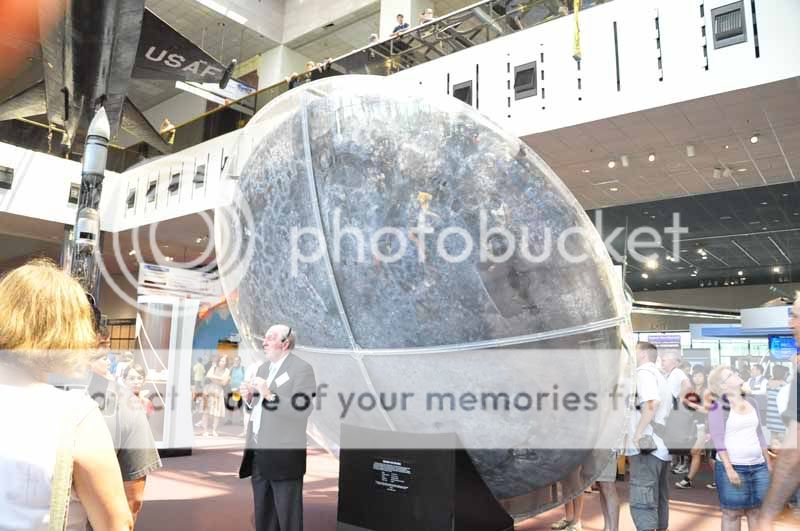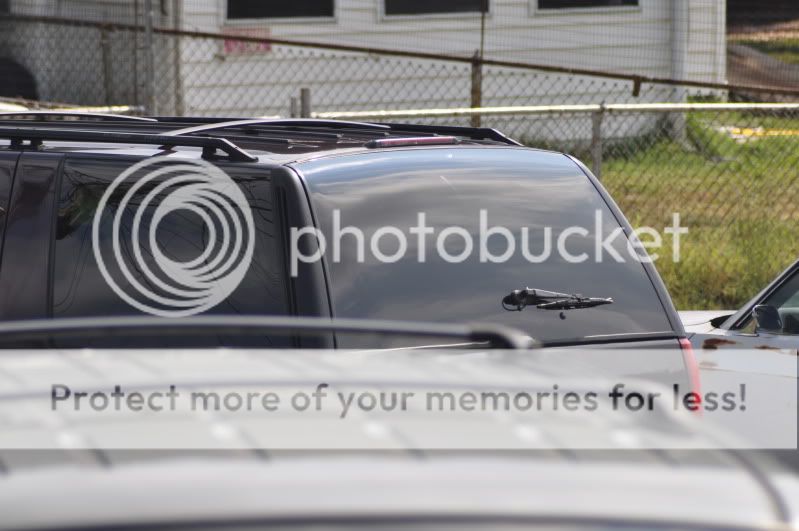RONDAL
TPF Noob!
- Joined
- Sep 8, 2008
- Messages
- 353
- Reaction score
- 0
- Location
- The Great White North
- Can others edit my Photos
- Photos NOT OK to edit
alright I feel like a complete idiot because this should be simple.
I have a kenko CP and im trying to figure out how to use it.
It spins in both directions infinitely. I realize as I spin it, it changes the amount of polarization, but how you know where max and min is? I see NO markings on the part that moves, or stays stationary.
Looking straight through it produces no clear indication (as it shouldnt) so how am I supposed to tell.
I feel like an idiot but can someone explain.
Thanks
I have a kenko CP and im trying to figure out how to use it.
It spins in both directions infinitely. I realize as I spin it, it changes the amount of polarization, but how you know where max and min is? I see NO markings on the part that moves, or stays stationary.
Looking straight through it produces no clear indication (as it shouldnt) so how am I supposed to tell.
I feel like an idiot but can someone explain.
Thanks













![[No title]](/data/xfmg/thumbnail/42/42476-18beb1ac3f51cc5df765155cf67f2d5e.jpg?1734177004)

![[No title]](/data/xfmg/thumbnail/36/36101-1d9d7b0215488ea489d3bdb28d87ebeb.jpg?1734168057)

![[No title]](/data/xfmg/thumbnail/36/36102-8cd330c175e72b4b8009082908e60620.jpg?1734168064)


